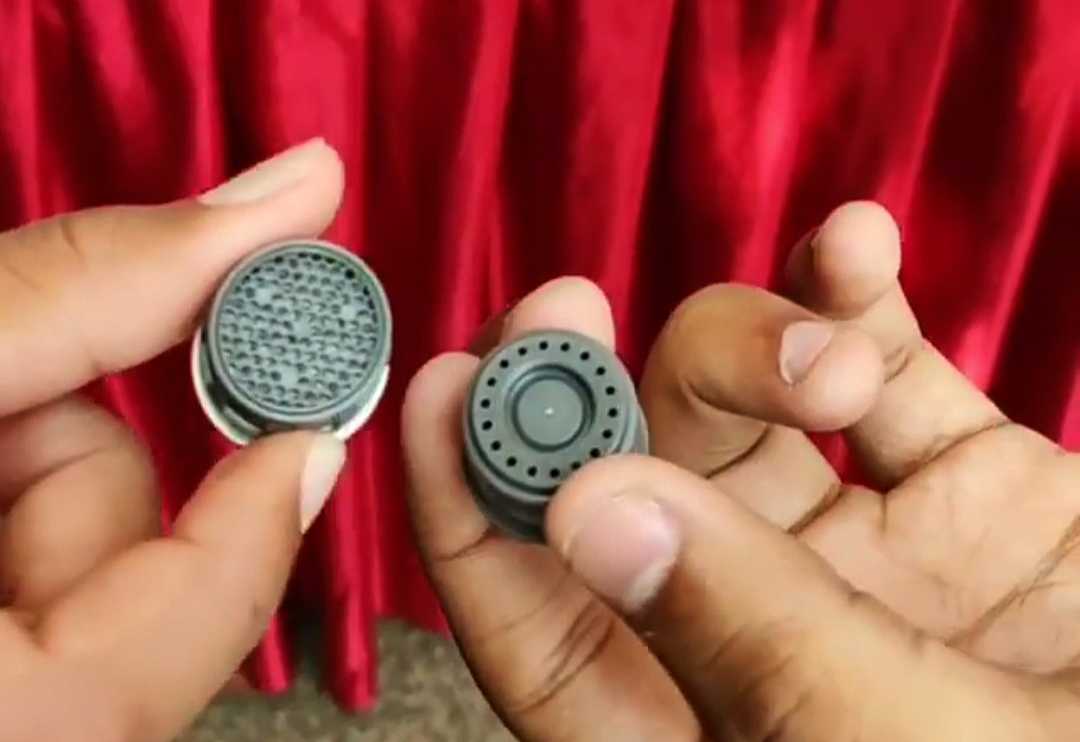Solid Waste Management is one of the most pressing concerns of urban India. As cities become more and more urbanised, consumerism also increases. This leads to greater generation of waste. Without proper policies and their consequent implementation, our cities run the risk of hosting landfills taller than even the Taj Mahal! (in fact, the Ghazipur landfill in Delhi is set to overtake the Taj Mahal’s height!  )
)
The Municipal Solid Wastes (Management and Handling) Rules, 2000 governed the SWM landscape for 16 years before the New Solid Waste Management Rules (SWM), 2016 were notified.
In the year 2000, when the first Municipal Solid Waste Rules were notified, they were based on the idea that waste had to be collected, transported and then disposed of in secure landfills. The objective was to ‘clean’ cities of waste by removing it from the vicinity. This policy failed in practice and mountains of waste grew in our cities!
The SWM Rules 2016 tried to learn from the mistakes of the older policy and look at waste management from a new lens. Prevention, reuse and recycling were emphasised and disposal was touted as something of a last resort. Waste going into landfills needed to be the final step in waste management, to be adopted only when all other options were exhausted.
What does the SWM Rules 2016 policy say?
Here are some major highlights -
- Emphasis on segregation of waste at source– direct responsibility was imposed on all generators of waste (individuals, associations, hotels, markets, event organisers etc)
- Collection and disposal of Sanitary Waste– onus on manufacturers to ensure responsible disposal of Sanitary waste
- User fees for waste collection– municipal authorities were given the power to levy user fees for collection, processing and disposal of waste.
- Integration of rag pickers and informal waste workers into the waste management ecosystem– this was a landmark step, which finally recognized the invaluable contribution of informal waste pickers in the SWM ecosystem.
- Special policy for SWM in hilly areas - Construction of landfill on the hill shall be avoided. A transfer station at a suitable enclosed location shall be set up to collect residual waste from the processing facility and inert waste. Suitable land shall be identified in the plain areas, down the hill, within 25 kilometres for setting up sanitary landfill. The residual waste from the transfer station shall be disposed of at this sanitary landfill.
Do you think this policy is comprehensive and sustainable? comment below 
